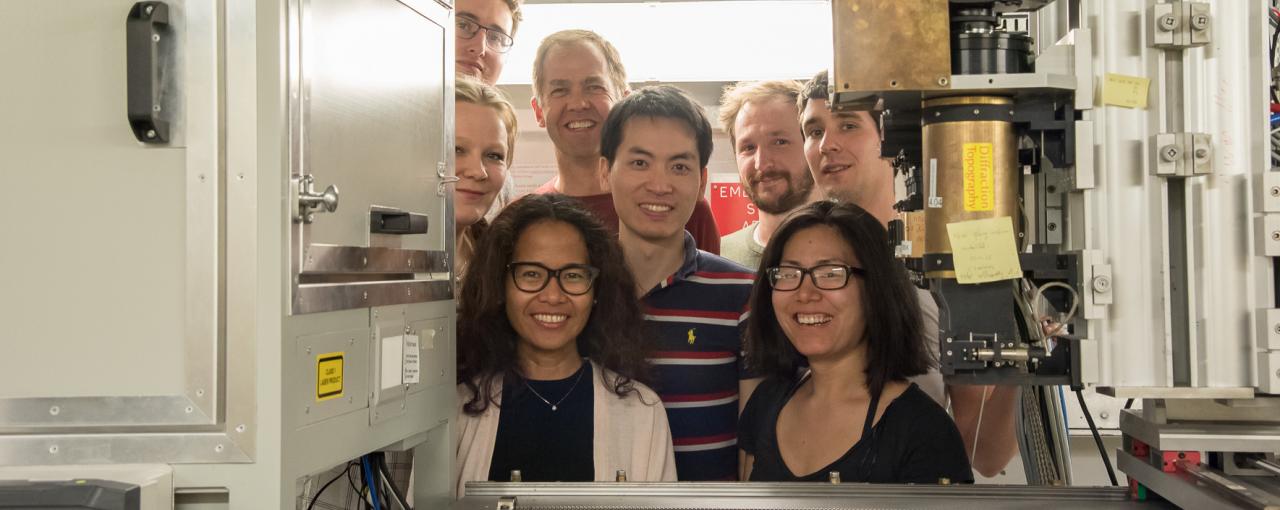Researchers have used a particle accelerator to ‘freeze time’ during 3D printing, studying a process over milliseconds to help improve safety-critical components.
Led by Professor Peter Lee, the team used an X-ray beamline at the Diamond Light Source to analyse the rapid surface-level changes that take place during laser additive manufacturing (LAM).
The LAM process uses a laser to fuse together metallic, ceramic or other powders into complex 3D shapes that would be impossible to make using traditional manufacturing techniques. A potential disadvantage, however, is that the technique creates objects with unusual material properties.
Freshly printed layers cool down extremely quickly, so operators do not know the optimal conditions to get the best results. This has delayed the uptake of LAM for safety-critical parts such as turbine blades, energy storage and biomedical devices.
The researchers used Diamond’s synchrotron, which accelerates electrons to close to the speed of light to generate useful radiation. 'You need to be able to take tens of thousands of radiographs per second. Only at the synchrotron do you have sufficient flux of X-rays,' said Professor Lee.
The team built a 3D printer - a LAM process replicator, known as LAMPR - and followed the process from powder, through melting, to solidification.
The cooling rate of LAM-produced components is 100,000 degrees per second, compared with normal cooling rates of mere degrees per second. 'These are such high rates, you need to understand how these changes can affect the final properties,' said Professor Lee.
The experiments revealed characteristics of newly printed superalloys, important information that could be crucial for their development. Researchers previously believed that surface porosity on finished objects resulted from incomplete melting of the powder or insufficient liquid-feeding, but Diamond's short, sharp burst of X-rays revealed that it is actually caused by pores near the surface bursting and leaving behind depressions.
For more details, click here.


